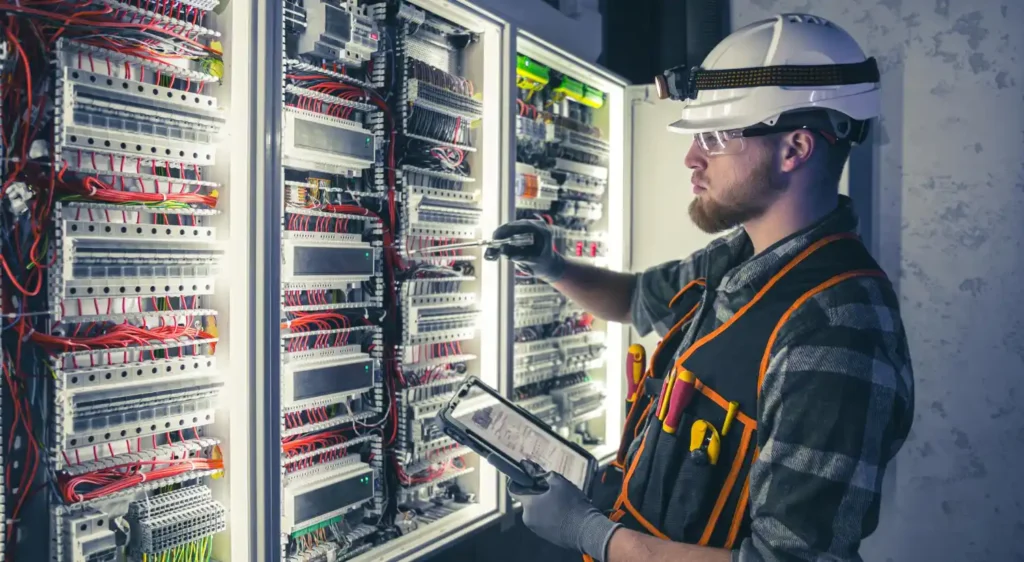The last coal generator came off the system at 1.24pm on Wednesday (1 May) – meaning the ESO reached a week with no coal at 1.24pm yesterday (Wednesday 8 May).
ESO – a legally separate business within the National Grid Group – relies on a mix of generation to balance the system and ensure that, whatever the generation mix, electricity is always there when needed.
Business and Energy Secretary Greg Clark said: “Going a week without coal for the first time since the Industrial Revolution is a huge leap forward in our world-leading efforts to reduce emissions, but we’re not stopping there. To combat climate change and seize on the opportunities of clean growth, we’re phasing out coal entirely by 2025 and building a cleaner, greener energy system.
“We lead the world when it comes to tackling climate change and we want to carry on breaking records, which is why we’ve put foundations in place to allow our renewables sector to thrive. We’re now on a path to become the first major economy to legislate for net zero emissions.”
Fintan Slye, director of ESO, added: “While this is the first time this has happened, I predict it will become the ‘new normal’.
“As more and more renewables come onto our energy system, coal-free runs like this are going to be a regular occurrence. We believe that by 2025 we will be able to fully operate Great Britain’s electricity system with zero carbon.
“Zero carbon operation of the electricity system by 2025 means a fundamental change to how our system was designed to operate – integrating newer technologies right across the system – from large scale off-shore wind to domestic scale solar panels to increased demand side participation, using new smart digital systems to manage and control the system in real-time.
“We have been working with industry over the last few years to ensure the services we require to operate the network are not dependent on coal. We have been forecasting the closure of coal plant and reduced running for some time – due to us having to manage more renewables on the system. Transmission owners have invested in their networks accordingly and we have refined our operational strategies and real time operation of the network to ensure continued secure and economic operation.
“To reach zero carbon operation by 2025, we will continue to identify the systems, services and products we will require to run a zero-carbon network and design the new competitive marketplaces needed to source these as efficiently as possible from both new and existing companies.
“Operating a zero carbon electricity system in 2025, whenever there is sufficient renewable generation, is a major stepping stone to full decarbonisation of the entire electricity system. This will enable new technologies and removes barriers to ever increasing levels of renewables.”

